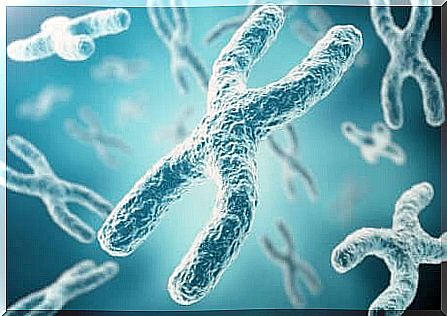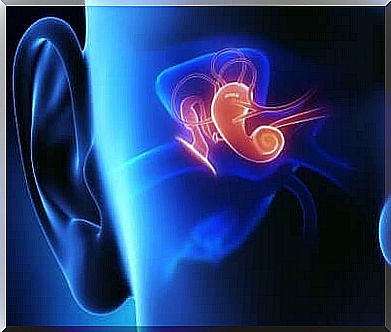Gene Therapy To Treat Congenital Deafness

Gene therapy could represent the solution to the problem of congenital deafness. It may even supplant the use of cochlear implants. The results provided by some studies conducted on guinea pigs have offered positive results.
Yet, what does gene therapy consist of? What about congenital deafness? To understand this new approach in the treatment of deafness, one must first of all know the meaning of these two concepts.
Gene therapy: a new field of medicine

Treatments based on the human genome are becoming increasingly important in the treatment of certain diseases, such as cancer. Gene therapy is the introduction of genes into cells to combat the changes in the genome responsible for certain diseases.
A gene is a piece of DNA that contains the information needed to synthesize a specific protein in the body. These portions of DNA can undergo variations, or mutations, and code for defective proteins; this leads in many cases to the appearance of certain diseases. Thus, gene therapy seeks to correct these genetic defects.
Despite important and rapid advances in this field of medicine, numerous unanswered questions still remain. For example, one wonders if the same therapeutic genes can in turn cause disease and one wonders about the ethical limits of this practice.
What does congenital deafness consist of?
Congenital deafness is the form of hearing loss (total or partial) or, in other words, the inability to hear present from birth. Furthermore, it is hereditary. The child is unable to process linguistic information through hearing, with or without amplification.
80% of childhood deafness cases are already present at the time of birth. Most deaf children are born into families that do not have any hearing problems.
Current treatments for congenital deafness

Today, people with this type of deafness need to use hearing aids or, if they don’t work, to undergo surgery. Hearing aids are devices capable of transforming electrical waves into sound waves; thanks to a circular and adjustable strip at the head, they are placed in the ears to ensure the reception of sounds.
A hearing aid should be used as soon as possible after the diagnosis has been made. When it is not possible to obtain improvements through the use of the above, the use of a cochlear implant may be required.
Gene therapy and congenital deafness
Following the progress made in the medical field, researchers are wondering about the possibility of using gene therapy to treat deafness and, thus, abandoning the use of cochlear implants and hearing aids. However, these techniques are still being studied in guinea pigs.
The results of two studies have been published that appear to have achieved interesting results in the treatment of hearing problems. Both researches concern hearing disorders of genetic origin. Today this alteration affects more than 125 million people worldwide.
The difficulty of the treatment lies in the fact that viruses are used to introduce genes. As a result, there is a risk that these microorganisms may fail to access the cells of the ear.
In one of the published articles it is explained that it was possible to introduce a gene capable of producing a fluorescent protein using the synthetic variant of a virus into the cells of the ear of a mouse. As an added value to this result, the treatment presented no side effects.









